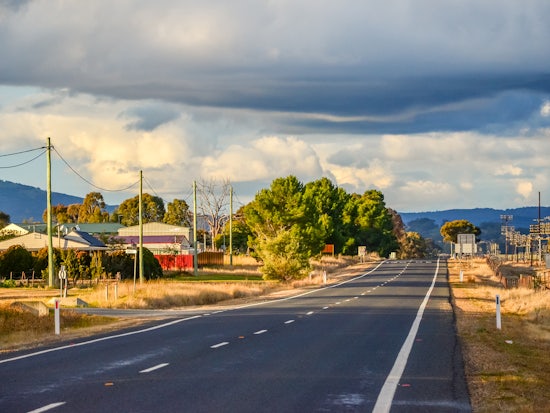Funding for flexible aged care places announced for rural and remote communities
Multi-purpose services in small rural and remote communities are being encouraged to apply for new flexible aged care places under a new allocations round announced by Federal Government.

Rural and remote Australian communities are set to benefit from new funding for flexible aged care places (Source: Shutterstock)
The investment of up to $4 million in 2018-19, announced by Federal Minister for Aged Care Ken Wyatt, will allow multi-purpose services in these locations to either expand their existing services, or establish new ones, with some services also able to apply to change the level of care attached to an existing place.
Minister Wyatt says the investment will provide around 135 aged care places in areas which can’t support stand-alone aged care facilities or hospitals.
“The Australian Government is committed to providing equity of access to all older people,” he says.
“This allocation is one way we are improving services for people in the bush.
“Multi-purpose services play a critical role in small rural communities, where older people previously had to leave their hometown or go to the local hospital to get the care they need.”
Instead, Minister Wyatt says integrated health and aged care services pool Australian Government aged care funding and state Government health funding to deliver a flexible model that best meets their individual’s community needs.
“This approach improves quality of care, flexibility and access for older Australians in rural and remote regions, in a cost-effective manner,” he continues.
Aged care peak body Aged and Community Services Australia (ACSA) has encouraged applications for the rounds, with Chief Executive Officer Pat Sparrow highlighting the importance of health service access all over the nation.
“It is important all older persons have access to health services – regardless of where they live,” she says.
“Multi-purpose services are an important part of service delivery in many communities and the opportunity to expand or develop through applying for the flexible aged care places is welcome.
“Equity of access is key for people living in rural and remote communities and it’s pleasing to see the Government support that outcome.”
While supporting the investment, Ms Sparrow adds that for real equity of access, more is required than offering additional places.
“Rural and regional providers are doing it tough and the latest figures show many under increasing financial stress,” she says.
“In outer regional, rural and remote areas around 56 percent of facilities are now reporting losses which cannot be sustained in the long term.
“Additional investment in remote aged care is required if we want to ensure older Australians can remain in their communities as they age.”






















